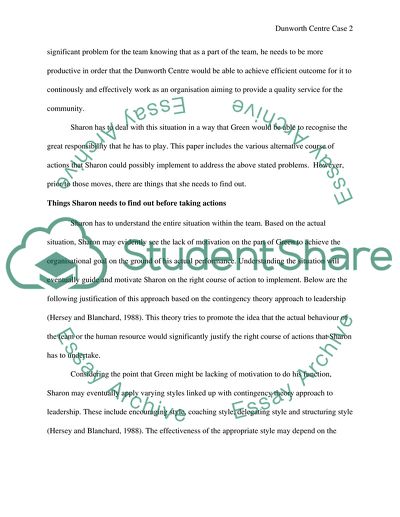Cite this document
(Dunworth Center Case Study Example | Topics and Well Written Essays - 2500 words, n.d.)
Dunworth Center Case Study Example | Topics and Well Written Essays - 2500 words. Retrieved from https://studentshare.org/human-resources/1794949-case-study-essay
Dunworth Center Case Study Example | Topics and Well Written Essays - 2500 words. Retrieved from https://studentshare.org/human-resources/1794949-case-study-essay
(Dunworth Center Case Study Example | Topics and Well Written Essays - 2500 Words)
Dunworth Center Case Study Example | Topics and Well Written Essays - 2500 Words. https://studentshare.org/human-resources/1794949-case-study-essay.
Dunworth Center Case Study Example | Topics and Well Written Essays - 2500 Words. https://studentshare.org/human-resources/1794949-case-study-essay.
“Dunworth Center Case Study Example | Topics and Well Written Essays - 2500 Words”, n.d. https://studentshare.org/human-resources/1794949-case-study-essay.


